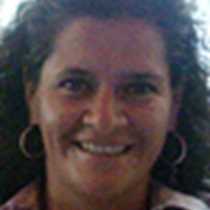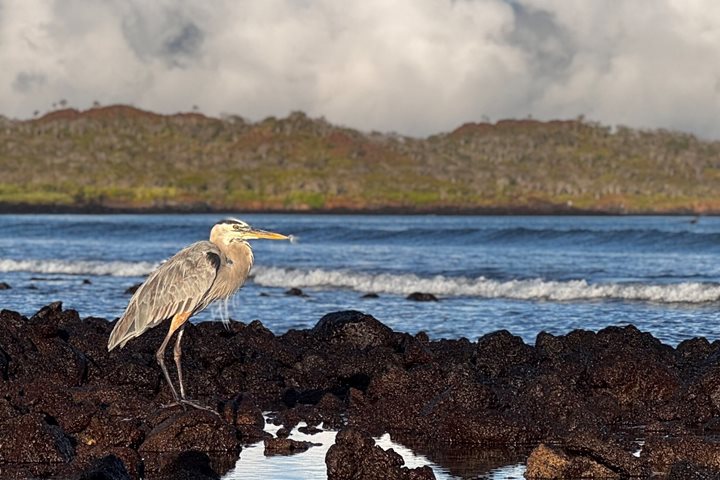As we landed on Española Island, it was amazing to see how many baby sea lions had been born in the last few days. Babies were just everywhere—some were with their moms and others had been left behind while the mothers went hunting for fish. It is important to understand that this babies are very demanding when it comes to nursing, so the females normally leave the babies on the beaches while they go out to look for fish.
Española, also known as Hood Island, is the oldest island in Galapagos, at approximately 4 million years of age—however if you compare this to the age of the planet itself, which is around 6.4 billion years, we could still see Española as a young formation. The advanced age of this island has given the local species more time to evolve in isolation.
As we began our walk across the lava, we could see that erosion had converted the lava flows into boulders. The aerobic walk took us to the nesting ground of the waved albatross, one of the part-time inhabitants of this place. We were lucky enough to spot a few of them still on the island—we know that by the end of the year they will all be gone! The albatross is an oceanic bird that only comes to land to reproduce. They like to nest here due to the cliffs, which help them to take off. Being oceanic, they are big, and need the help of the wind to make it in flight.
As we continued to hike along the trail, we had a chance to see the entire breeding cycle of the Nazca boobies—couples courting, couples making a nest, couples preening each other, parents protecting chicks and even independent chicks defying hawks. The larger independent chicks know that they are too big to be carried off and eaten by the hawks, so they are no longer afraid of them at this age.
As we walked back to the ship at sunset, we felt the importance of conserving this fragile places… not only for us to see, but also for the extraordinary animal species that call these islands home.







